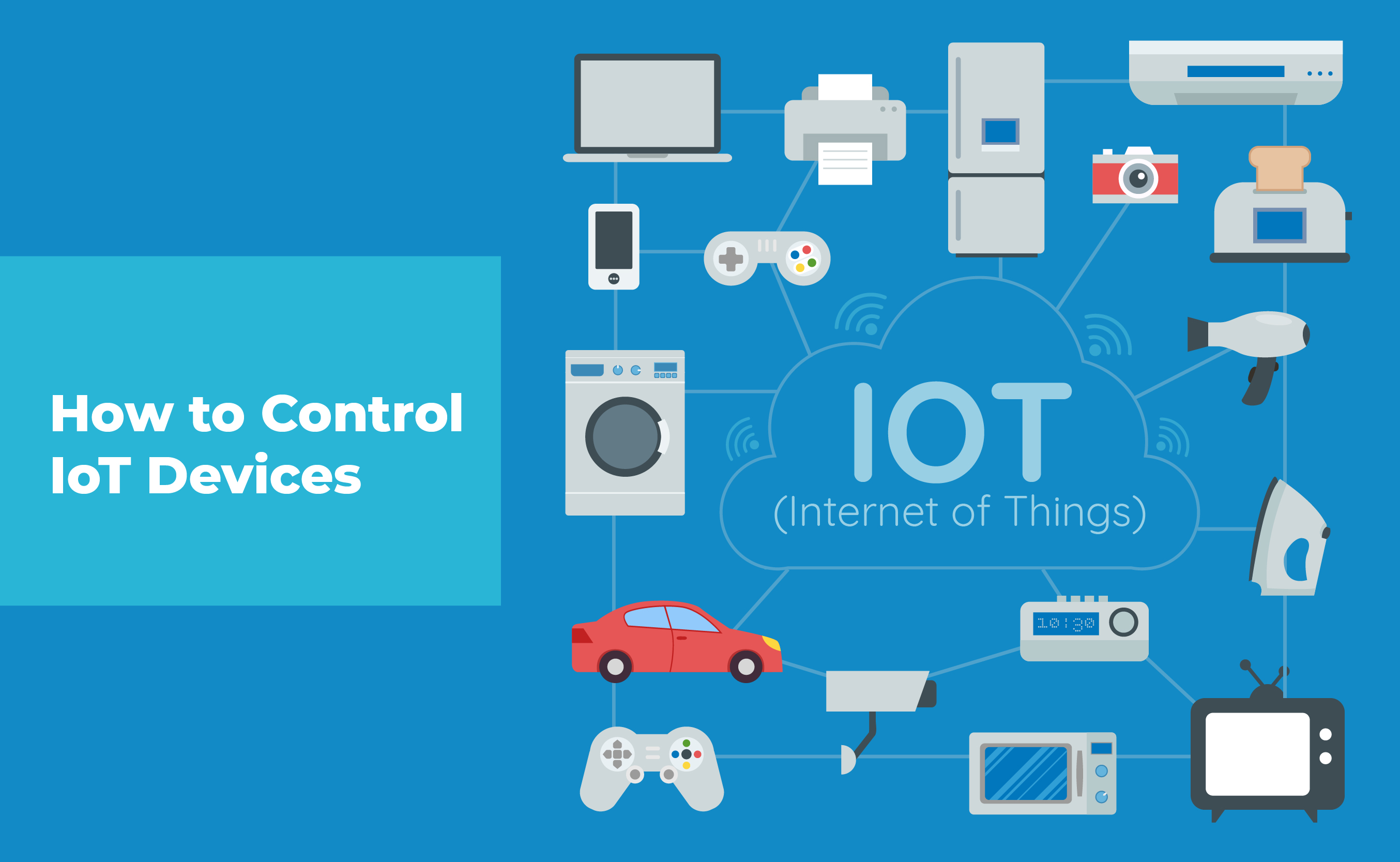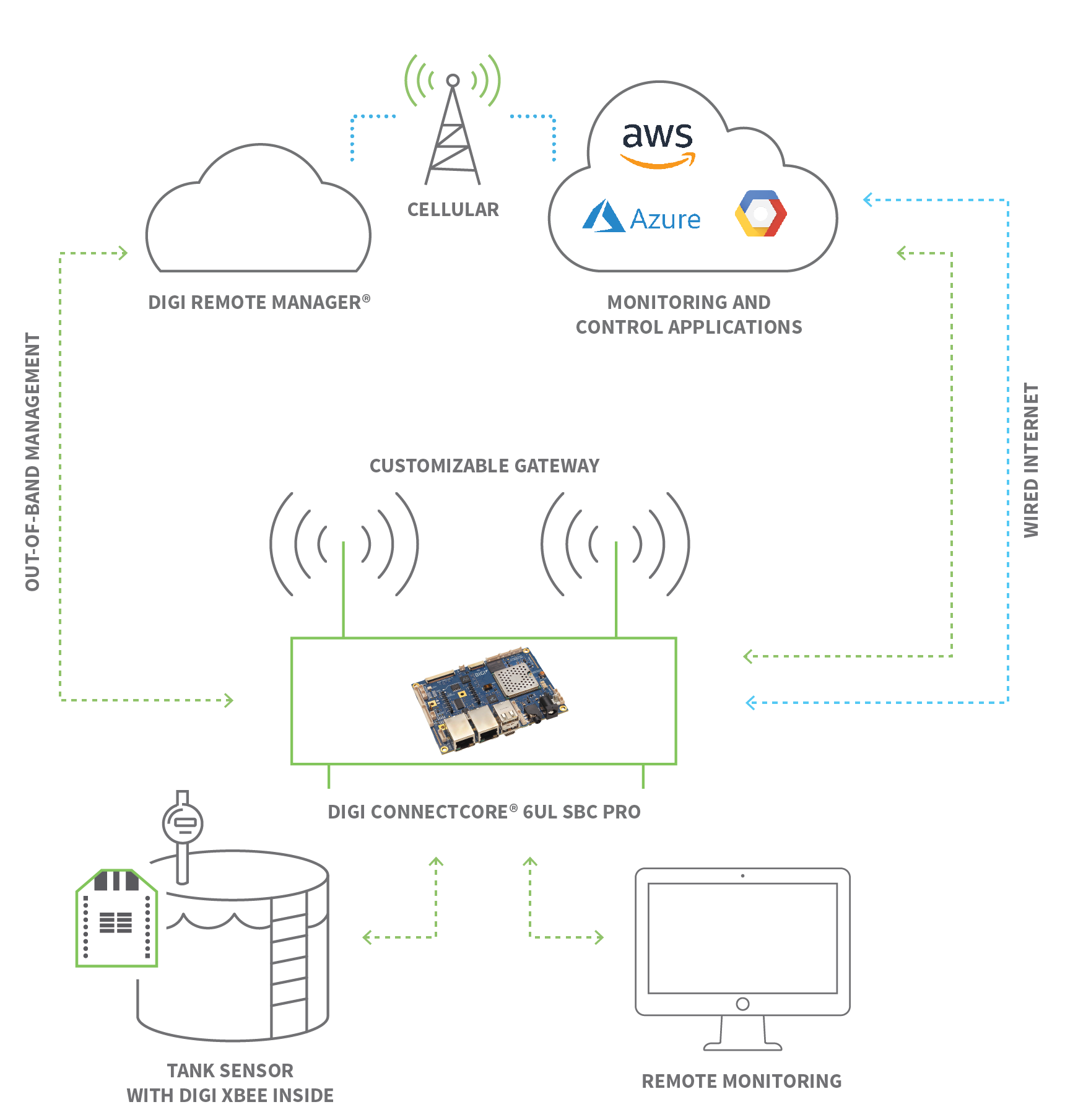Hey there, tech enthusiasts! Are you ready to dive deep into the world of remote IoT device access? In this digital era, connecting to your IoT devices from anywhere has become not just a luxury but a necessity. Remote IoT device access free download options are now more accessible than ever, and we’re here to break it all down for you. Whether you’re a beginner or a seasoned pro, this guide will help you understand everything you need to know about accessing IoT devices remotely without breaking the bank.
Let’s face it—IoT devices are everywhere. From smart homes to industrial automation, these gadgets have transformed how we live and work. But what happens when you need to control them from miles away? That’s where remote IoT device access comes in. This technology lets you manage your devices from anywhere in the world, as long as you have an internet connection. Cool, right?
In this article, we’ll explore the best free tools, software, and methods for remote IoT device access. We’ll also cover some essential tips and tricks to ensure your setup is secure and efficient. So, grab your coffee, and let’s get started!
Read also:Jennifer Mcdaniel The Rising Star In The Spotlight
What Exactly is Remote IoT Device Access?
Before we jump into the nitty-gritty, let’s first clarify what remote IoT device access means. Simply put, it’s the ability to connect to and control your IoT devices remotely over the internet. Think of it as giving your devices a virtual handshake from afar. This technology is powered by cloud computing, APIs, and secure communication protocols, making it possible for you to monitor and manage your devices no matter where you are.
For example, imagine being able to adjust the thermostat in your smart home while on vacation or checking the status of a remote sensor in a factory from your office. Remote IoT device access makes all of this possible. And the best part? You don’t always need to spend a fortune to achieve it.
Why Should You Care About Remote IoT Device Access?
Here’s the deal: remote IoT device access isn’t just a cool tech feature; it’s a game-changer for both personal and professional use. Let’s break it down:
- Convenience: Control your devices from anywhere, anytime. No need to be physically present.
- Cost-Effective: Reduce travel costs and save time by managing devices remotely.
- Scalability: Easily scale your IoT infrastructure without compromising on accessibility.
- Security: Monitor and secure your devices in real-time, reducing the risk of breaches.
Whether you’re a homeowner looking to manage your smart home or a business owner overseeing a fleet of IoT devices, remote access offers unparalleled flexibility and control.
Top Free Tools for Remote IoT Device Access
Now that you know why remote IoT device access matters, let’s talk about how you can get started without spending a dime. Here are some of the best free tools available:
1. MQTT Broker
MQTT (Message Queuing Telemetry Transport) is one of the most popular protocols for IoT communication. Many free MQTT brokers are available that allow you to connect your devices and control them remotely. Some popular options include:
Read also:Exploring The Fascinating World Of E Bolty A Deep Dive
- CloudMQTT: Offers a free tier with basic features.
- EMQX: Provides a free community edition with robust capabilities.
2. Blynk
Blynk is a user-friendly platform that lets you create custom dashboards for your IoT devices. The free version allows you to connect up to 5 devices and control them remotely via a mobile app. Perfect for hobbyists and small-scale projects!
3. Node-RED
If you’re into open-source solutions, Node-RED is a fantastic choice. This visual programming tool lets you wire together hardware devices, APIs, and online services. It’s free, powerful, and highly customizable.
How to Set Up Remote IoT Device Access
Setting up remote IoT device access might sound intimidating, but it’s actually pretty straightforward. Here’s a step-by-step guide to help you get started:
Step 1: Choose Your IoT Devices
First things first, you need to decide which devices you want to connect. This could be anything from smart lights to industrial sensors. Make sure your devices are compatible with the platform or protocol you plan to use.
Step 2: Select a Communication Protocol
As mentioned earlier, protocols like MQTT, HTTP, or CoAP are commonly used for IoT communication. Choose the one that best suits your needs and budget.
Step 3: Set Up a Cloud Platform
To enable remote access, you’ll need a cloud platform to act as a bridge between your devices and your control interface. Platforms like AWS IoT, Google Cloud IoT, or Azure IoT offer free tiers that you can use to get started.
Step 4: Secure Your Connection
Security is paramount when it comes to remote IoT device access. Always use encryption, strong passwords, and two-factor authentication to protect your devices from unauthorized access.
Best Practices for Remote IoT Device Access
Now that you know how to set up remote access, here are some best practices to ensure a smooth and secure experience:
- Regular Updates: Keep your devices and software up to date to patch any security vulnerabilities.
- Network Segmentation: Separate your IoT devices from your main network to minimize risks.
- Monitoring: Use analytics tools to monitor device performance and detect anomalies.
- Documentation: Maintain detailed records of your setup for easy troubleshooting.
Common Challenges and Solutions
While remote IoT device access offers numerous benefits, it’s not without its challenges. Here are some common issues and how to overcome them:
Challenge 1: Connectivity Issues
Solution: Ensure your devices have a stable internet connection. Use redundant connections if necessary.
Challenge 2: Security Threats
Solution: Implement robust security measures, such as firewalls and intrusion detection systems.
Challenge 3: Scalability
Solution: Choose scalable platforms and architectures that can grow with your needs.
Future Trends in Remote IoT Device Access
As technology continues to evolve, so does remote IoT device access. Here are some trends to watch out for:
- Edge Computing: Processing data closer to the source for faster response times.
- AI Integration: Using artificial intelligence to enhance device management and automation.
- 5G Networks: Leveraging high-speed, low-latency networks for seamless connectivity.
Data and Statistics to Support Your Decision
According to a report by MarketsandMarkets, the global IoT market is expected to reach $1.1 trillion by 2026, growing at a CAGR of 24.9%. This growth is driven by increasing demand for smart devices and remote access solutions. Another study by Statista shows that the number of connected IoT devices worldwide is projected to exceed 25 billion by 2030.
These numbers highlight the importance of remote IoT device access in today’s connected world. By leveraging free tools and platforms, you can tap into this growing market without incurring high costs.
Conclusion and Call to Action
And there you have it—a comprehensive guide to remote IoT device access free download. Whether you’re a tech enthusiast, a homeowner, or a business owner, this technology offers endless possibilities for enhancing your IoT setup. Remember to follow best practices, stay updated with the latest trends, and prioritize security.
Now it’s your turn! Have you tried any of the tools mentioned in this article? Share your experiences in the comments below. And if you found this guide helpful, don’t forget to share it with your friends and colleagues. Happy connecting!
Table of Contents
- What Exactly is Remote IoT Device Access?
- Why Should You Care About Remote IoT Device Access?
- Top Free Tools for Remote IoT Device Access
- How to Set Up Remote IoT Device Access
- Best Practices for Remote IoT Device Access
- Common Challenges and Solutions
- Future Trends in Remote IoT Device Access
- Data and Statistics to Support Your Decision
- Conclusion and Call to Action



